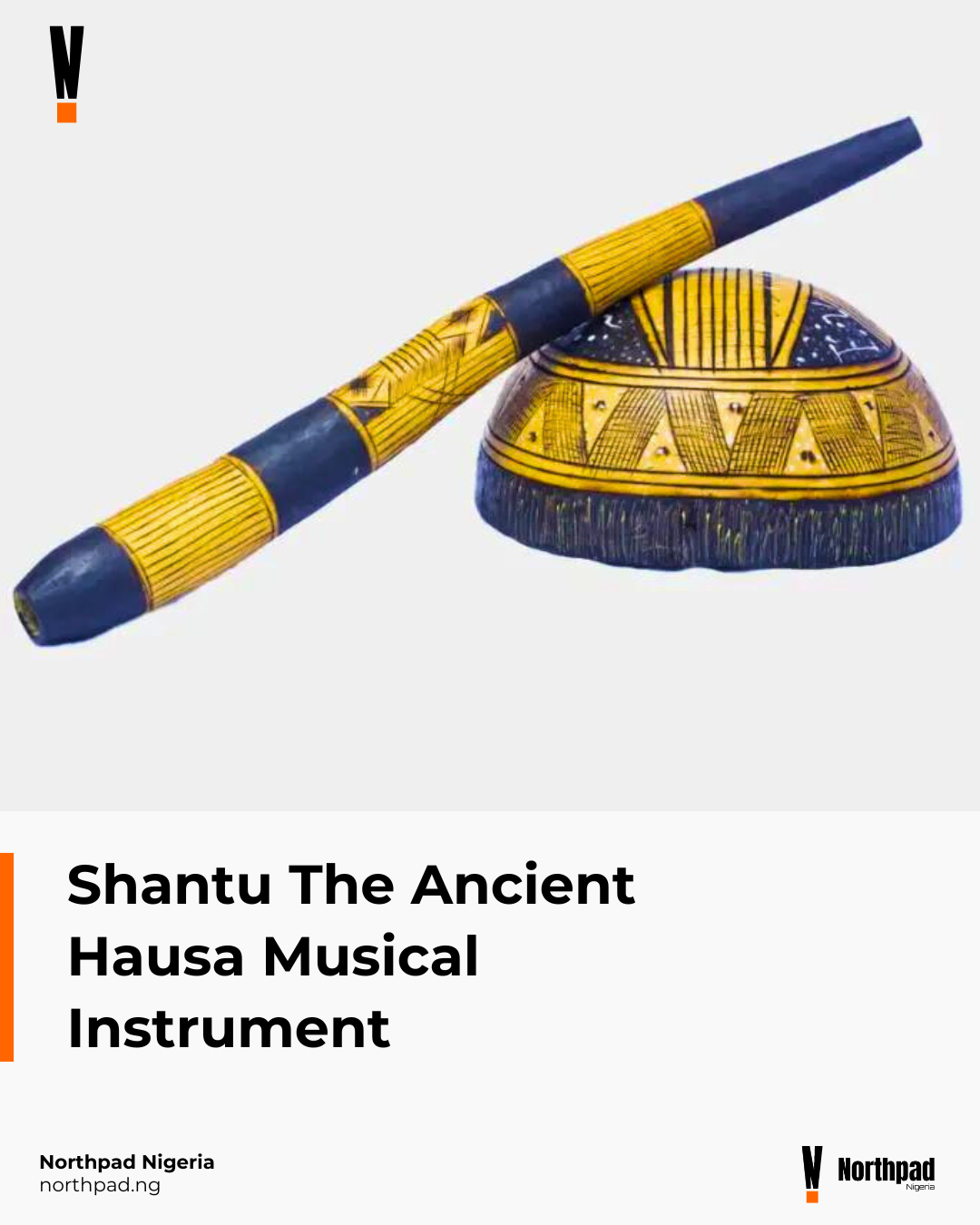Dambe, the Hausa people’s kind of martial art as seen practiced in Nigeria and around the southern part of Niger and southwest Chad, is a common tradition of West Africans. Dambe is fast gaining more international audiences and is well on its way to becoming an internationally recognized sport.
History of Dambe
Dambe, Hausawa’s wrestling is thought to have originated in the 10th century BC. It began as a way to prepare men for the events of the war in the past, which explains the various phrases and styles that indicate its resemblance to warfare.
Dambe was also performed as a sort of amusement following the harvesting period, and it was a chance for the men to demonstrate their strength and bravery.
Unmarried guys utilize this technique to impress their female peers just like the Sharo festival. It, however, is a sport that is most common among a specific profession; butchers and fishers, and less frequent are craftsmen and farmers.
Cultural Significance of Dambe
Culturally, Dambe played many significant roles in communities, depicting the end of a particular harvest. Usually, the end of a farming season came with individuals being financially buoyant.
As a result, the spectators had enough money to bet on the most potent fist of “masu Dambe.” The contest usually occurred amongst fighters of several butchers’ unions, spectators within the audience would occasionally be challenged. In the traditional dambe, Hausa society considers butchers as those generally accepted to handle the slaughter of meat.
Often, traveling butchers also form their team of boxers from amongst themselves, called rindina – armies. During those periods, clusters of butchers travel to cities mostly known as farmers’ communities to undertake the work of butchering their animals for their festivities and putting on their type of show to give celebration more flare.
How Dambe is Done
Village bouts occur on a cleared area known as the battlefield, with spectators forming the ring’s perimeter. Local competitions are held in makeshift rings outside abattoirs in modern urban fights, where members of traditional butcher castes still prevail.
In these metropolitan matches, participants of dambe, Hausawa don shorts rather than loincloths. Larger bouts are held in conventional arenas, widespread in large cities, and are frequently paired with traditional wrestling championships.
Percussive music and chanting, whether traditional or modern, precede the bouts. Both groups and individuals are linked with the music and chants used to summon boxers to the ring, tease opponents, and stimulate audience participation.
Amulets are frequently utilized as sources of protection in traditional fights. Modern urban conflicts also have charms, but officials generally oppose the use of mystical protection for justice.
Fighters often scar their striking arm, rubbing salves and resins into the healing wounds that are thought to bring strength or defense, and amulets are still commonly placed in the feather-filled pillows that fighters put in their curled fists. Before fights, several modern touring boxing teams smoke Hemp or Marijuana as a tradition.
In a typical bout, competitors try to subdue into total submission in three rounds. It frequently results in significant bodily damage, like broken jaws and ribs, for the challengers.
Today’s competitors are primarily urban youths who compete year-round in gyms or their backyards. While no longer the domain of the Hausa butcher caste, the fraternity aspect persists as young professionals join a professional society that travels to conduct bouts in carnival-like settings, complete with amplified music systems and elaborate pre-match rituals. Spectator betting and prize money for participants are still significant parts of the show.
Despite the lack of established weight classifications, competitors in Dambe contests are usually of similar size.
Rounds
Three rounds are played in each match. These rounds do not have a time limit. Instead, they stop when one of the participants or an official requests a halt or when a participant’s hand, knee, or body contacts the ground. Knocking down an opponent is referred to as killing the opponent.
The strong-side fist is the primary weapon. The “spear” fist, on the strong side, is wrapped in a piece of cloth that is tightly knotted cord. Some fighters dipped their spears in sticky glue mixed with shards of broken glass; however, this became banned. The “shield” is the opposite defensive hand, held with the open palm facing the opponent, and can be used to grab or hold as needed.
The leg is used for both offensive and defense. Kicking can also be done with the unwrapped back leg. Kicks are more common than they used to be because wrestling used to be allowed. The purpose of the game was to knock down the opponent, which was referred to as killing, and the winner was the person who knocked down the opponent.
Dambe sport had received widespread attention from Nigeria’s Federal Ministry of Youth and Sports Development, with its minister, Sunday Dare, pledging in December 2019 to establish a national league and collaborate with the Dambe Sports Association to form a federation to organize competitions and tournaments across and outside Nigeria. The plans were already in the works before the COVID-19 pandemic struck the country in early 2020.
Famous Hausa Wrestlers
Some of the fighters that have since risen to fane include; Alhaji Aminu Goje, Shagon Dan Tagayi, Shagon Mada, Ebola, Ali Kanin Bello, Jaafaru Balbalin Bala’i, etc






![Moderate Kayan Lefe List and Cost for Intending Hausa Couples [Updated]](https://northpad.ng/wp-content/uploads/2024/06/Update-Moderate-Kayan-Lefe-List-and-Cost-for-Intending-Hausa-Couples.png)



0 Comments